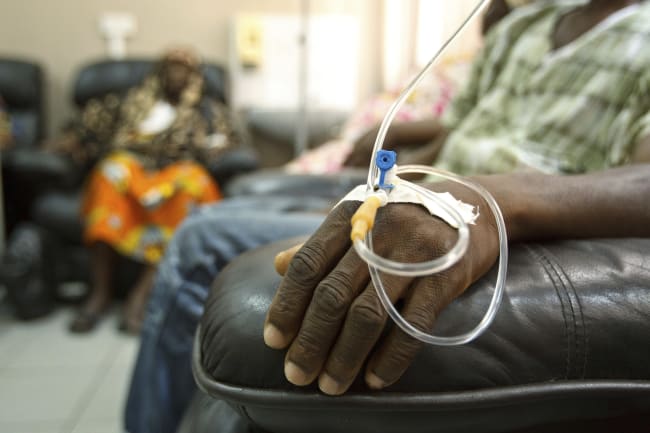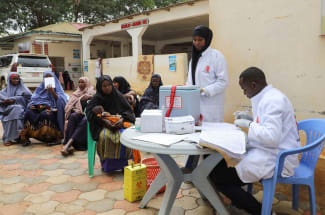The World Health Organization (WHO) estimated that Africa's COVID-19 vaccination rate must increase six times the current level in order to reach its 70 percent immunization goal by the end of 2022. Addressing this gap not only requires improved access to vaccines, but also underscores the urgent need for global health organizations to form strong partnerships with governments to maximize impact.
The pandemic has already led to many large-scale collaborations that have bolstered vaccine supply in Africa. Most notably are WHO and Gavi's COVID-19 Vaccines Global Access (COVAX) Facility, which has shipped nearly two-thirds of the more than 700 million doses delivered to the African continent, and the African Union's Africa Vaccines Acquisition Trust (AVAT), which has procured 6 percent of Africa's COVID-19 vaccine supply.
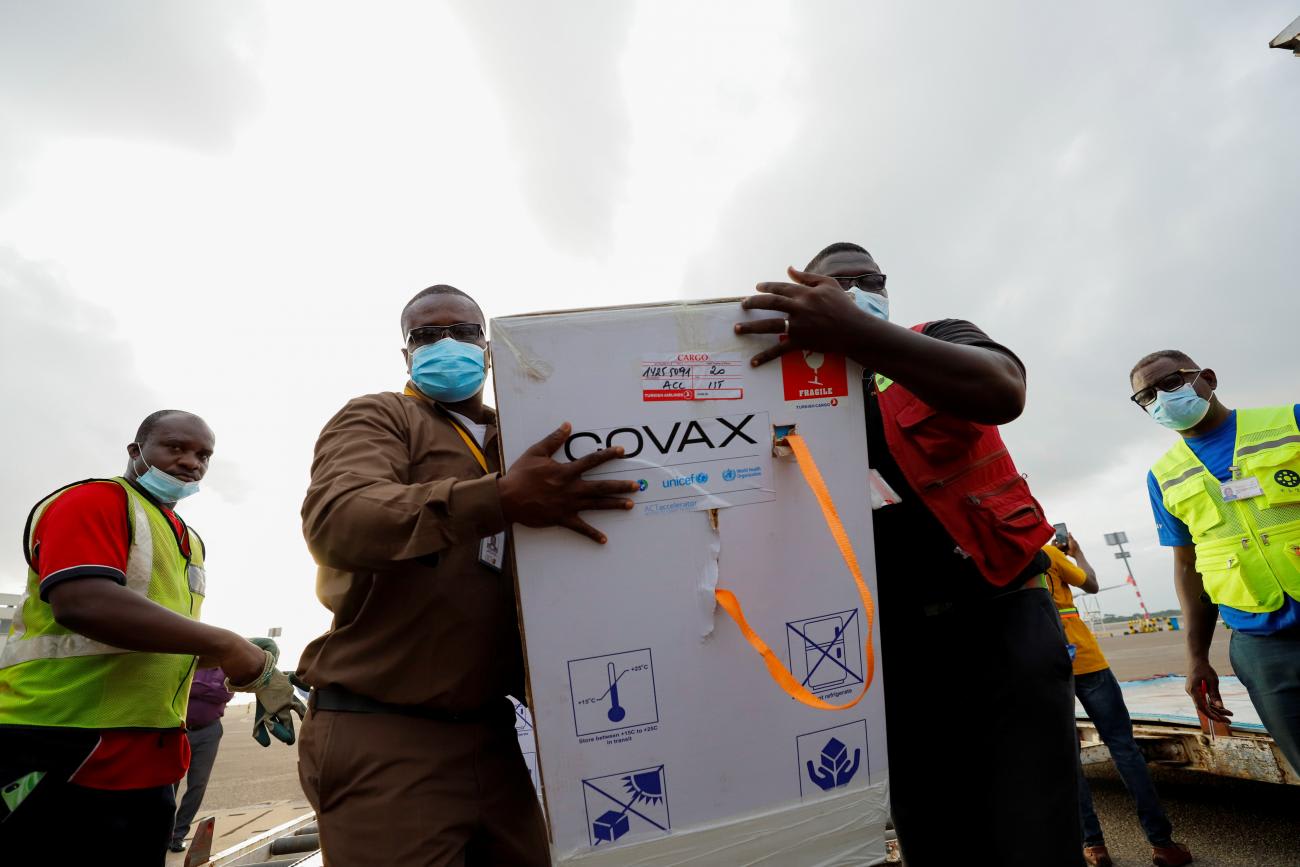
The slow ramp-up of vaccine delivery within African countries is a clear sign that similar collaborations are urgently needed to accelerate current vaccination rates. With limited in-country resources, many governments have run into issues rapidly distributing the vaccine, even causing these initiatives to recently decline to buy additional vaccine doses. This is where government partnerships can play a crucial role in improving vaccination rates.
Partnerships have been leveraged by national governments and global health organizations like VillageReach to help establish four COVID-19 vaccine sites in the Democratic Republic of Congo (DRC), providing a model for how nonprofit organizations (NGOs) can partner with government to vaccinate communities.
Establishing Credibility Before Scaling Up
At the peak of the pandemic, governments scrambled to distribute the large supply of COVID-19 vaccines and faced low demand. By September 2021, less than 0.01 percent of DRC's population was vaccinated. To improve vaccination rates, the government worked extensively with VillageReach to ensure COVID-19 vaccines were delivered to the communities with the highest case rates.
The partnership was made up of stakeholders that included DRC's Ministry of Health Expanded Program on Immunization (EPI), which proved to be fundamental in getting approval for the establishment of COVID-19 vaccine sites, known locally as "vaccinodromes." The first vaccinodrome in Gombe, one of the busiest districts of Kinshasa—the capital and largest city in DRC—required three months of planning to effectively launch. The extended lead time was necessary in order to receive approval from the Kinshasa governor; procure tents, tables, chairs, and privacy screens from local vendors; and to work with the local government to allocate resources for staffing the vaccination site.
Since opening in November 2021, the Gombe site has vaccinated more than 17,000 people. Between December 2021 and January 2022, the site was responsible for 18 percent of all vaccinations in Kinshasa, the largest of any single site in the province.
"What was done at the Places des Evolues vaccinodrome [in Gombe] was a great model for us, and we said to ourselves if we could multiply this model in all the cities, we will have the chance to accelerate our vaccination coverage," said physician Aimé Cikomola, EPI director.
The opening of the three new vaccinodromes saw a 125 percent average weekly increase in COVID-19 vaccinations in the first month
Officials quickly approved three more sites in other municipalities of Kinshasa: Kalamu, N'Djili, and Masina. These sites were planned and launched within an 18-day period—a significant scale up compared to the first site. This faster rollout reflected the credibility VillageReach had built with the government because approval from the governor was no longer needed to establish sites.
The opening of the three new locations saw a 125 percent average weekly increase in COVID-19 vaccinations in the first month. Together, all four vaccinodromes in Kinshasa are responsible for vaccinating 44,000 people as of May 17, 2022.
Utilizing Local Business Connections to Drive Demand
As COVID-19 infections have steadily declined in Africa, and as perceptions of the severity of the virus have shifted, demand generation efforts have become increasingly important. The threat of future variants calls for a vaccination outreach strategy that is not only grounded in robust evidence, but also prioritizes the most effective approach to reach people.
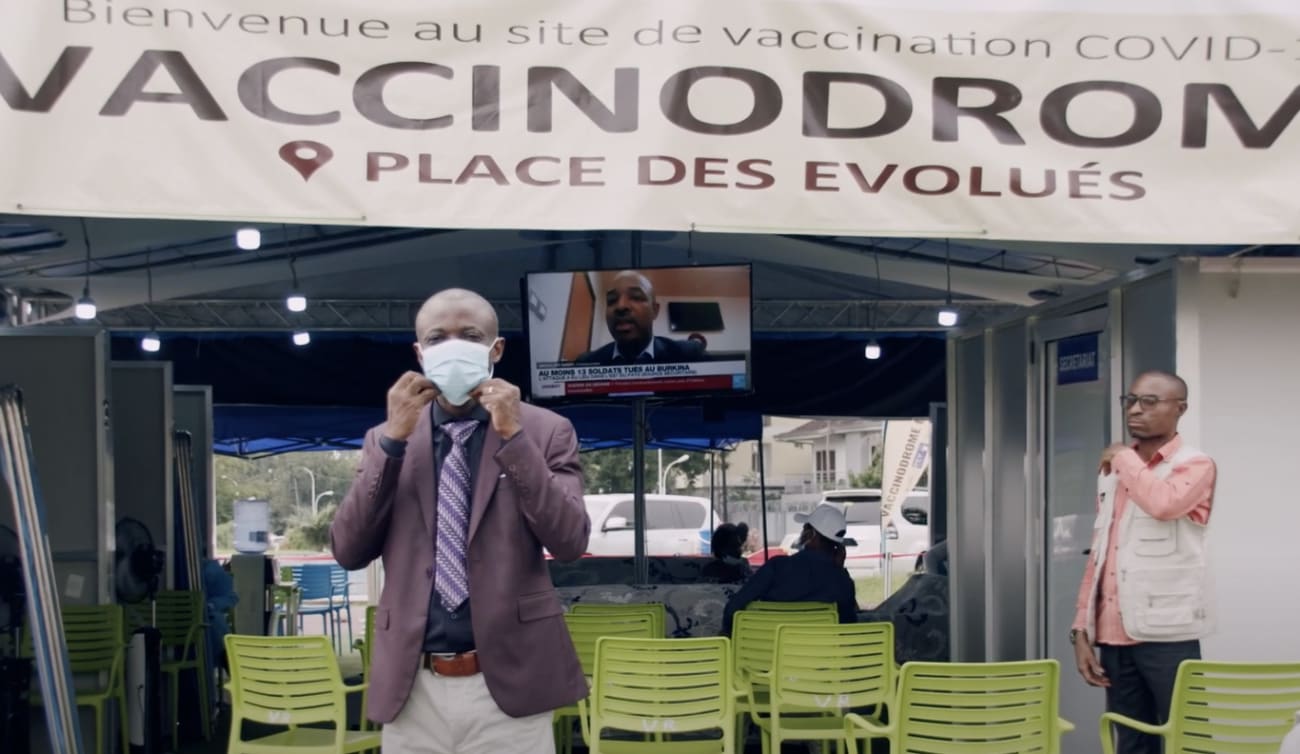
Site location was a major factor in determining how to optimize accessibility and drive demand for vaccines. VillageReach sought to make vaccines available by establishing them beyond primary health care facilities and set up sites more directly connected with everyday life: near markets, transport hubs, and sports venues.
"I was skeptical of getting vaccinated [against COVID-19]. This place gave me back my confidence because of its quality," said Michel Kowel, a Kinshasa resident who was vaccinated at the Gombe vaccinodrome. "After providing my contact information and being consulted by a doctor, within minutes I was vaccinated."
In DRC, the vaccine sites are located in busy public areas surrounded by private businesses. VillageReach and local governments set up meetings with local business owners to gain their support. Many businesses owners have become unofficial ambassadors of the sites. In Kinshasa, local business owners of hair salons and barber shops encourage their customers to get vaccinated. Similarly, the Kalamu vaccindrome is located in a local tourist attraction where several photographers spend the day taking tourist pictures. These photographers have become the local champions for the site and received communication guidance so they can share accurate vaccine information.
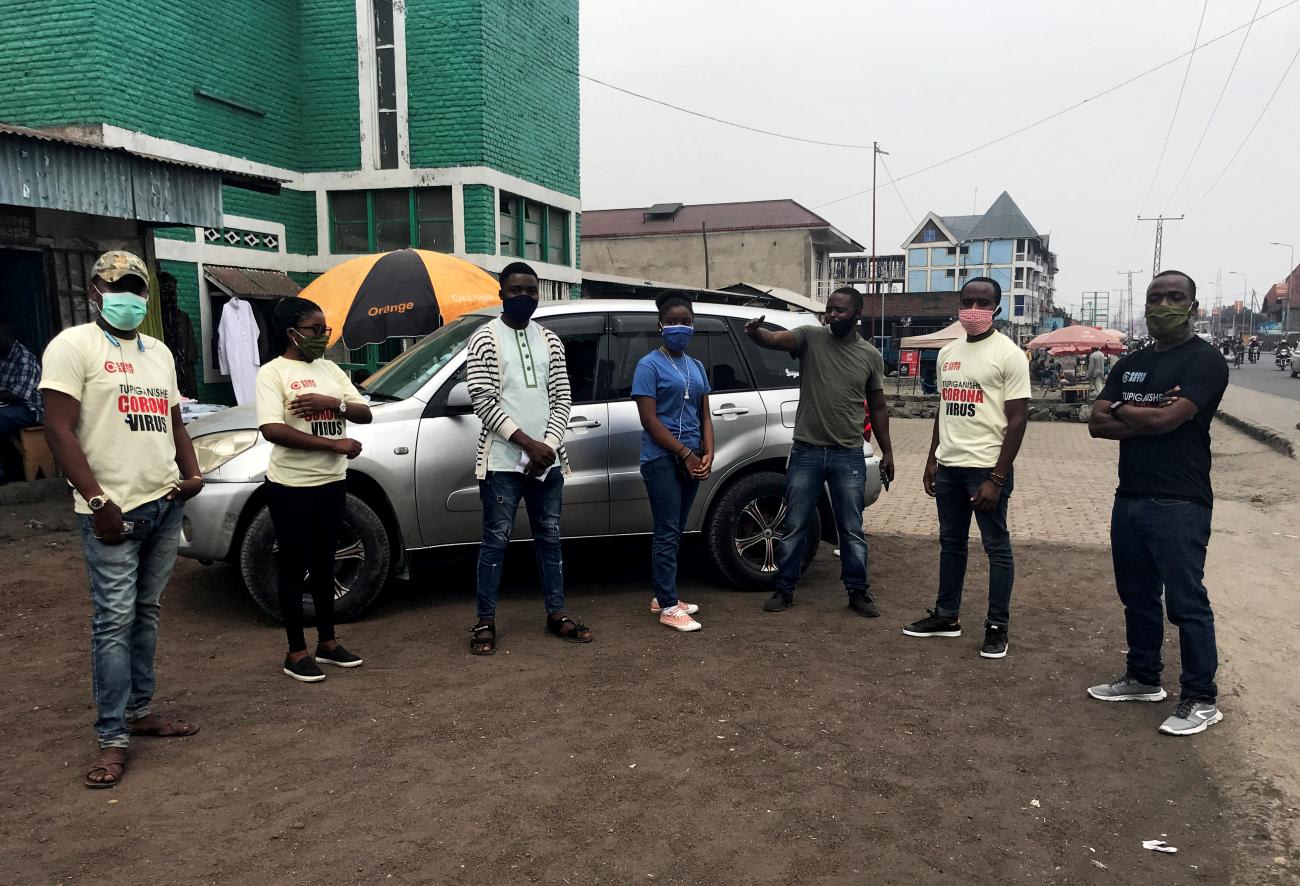
"We take advantage of the photographers, and have trained them to raise awareness," said Kalamu Site Manager Richard Matata.
This strategy has proven successful; exit surveys from the four Kinshasa vaccinodromes showed that personal network referrals were the main way people heard about the site, with more than 50 percent of people hearing about the sites from their personal network or a trusted community health worker. In comparison, exit surveys revealed that the formal television and radio advertising efforts undertaken by the sites drew only 9 percent of people.
Reducing Setup and Staffing Costs
Cross-sector partnerships can also reduce the costs of site setup, operations, and staffing. One-time setup cost estimates for a single vaccinodrome ranged between $50,000 to $70,000 and monthly recurring cost estimates ranged between $75,000 to $85,000 per month—cost prohibitive when conducting a six-month campaign making cost sharing crucial.
After the Gombe site had demonstrated its value in reaching people with vaccines, more partners began offering support. After the private rental period for the tent was over, WHO offered to provide its own tents for this site and any additional site for free. Since March 1, VillageReach has saved around $40,000 per site per month by using the WHO tents.
When partnerships are localized and championed by their government, they yield significant health and economic gains
Staffing costs are the largest monthly recurring costs when running a vaccination site. A staff of at least 25 is needed to handle a daily volume of 500 people, with cost estimates for salary and stipends running between $40,000 to $65,000 per month at each site. In DRC, the Kinshasa provincial government provided 65 percent of the staff needed for the sites, continuing to pay their salaries while VillageReach covered a $15 daily allowance for transport. VillageReach covers the other 35 percent of the vaccinodrome staff needs.
The vaccinodrome staff work on a two-week rotation shift—at the site half the month and at their regular government job the other half of the month. This staffing model partnership has allowed DRC government to meet two goals: to continue to run existing health services without too much COVID-related disruption, and to provide surge workforce for COVID-19 vaccination efforts.
Partnering in a Post-COVID World
Partnerships make it possible for stakeholders to strategize, share responsibilities, and mobilize resources in order to provide vaccines in a safe and efficient manner. But when providing COVID-19 support in low-resource settings, organizations should form partnerships with government in a way that strengthens the public health system.
When partnerships are localized and championed by their government representatives at all levels, they yield significant health and economic gains and make health systems more resilient. Even after COVID-19 subsides, more organizations should leverage government partnerships to strengthen health systems—whether to increase the ability to respond to public health emergencies or to provide routine and crisis-focused immunizations on a larger scale.
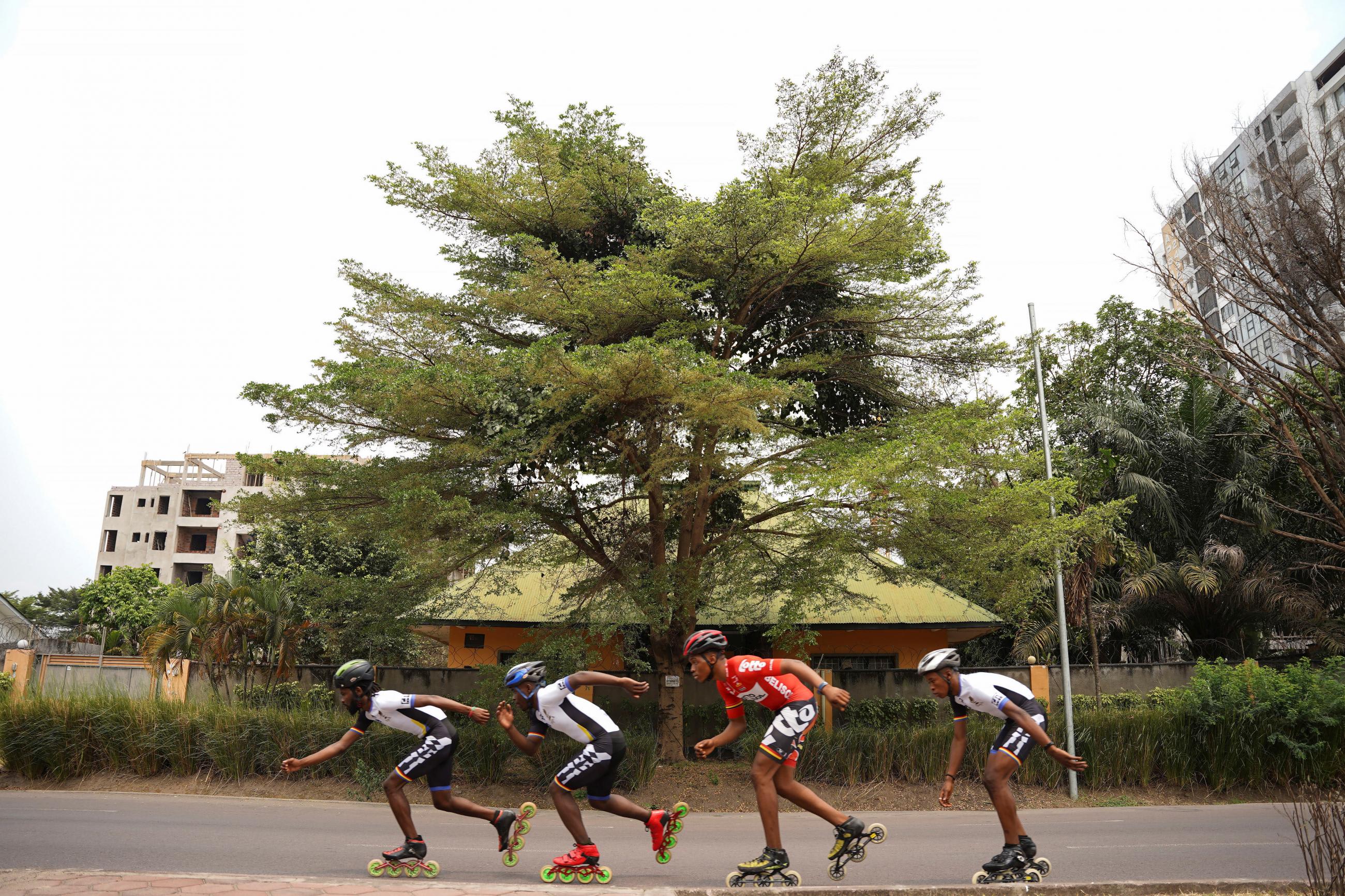
EDITOR'S NOTE: About 1 percent of the population in DRC was vaccinated as of May 24, 2022.




